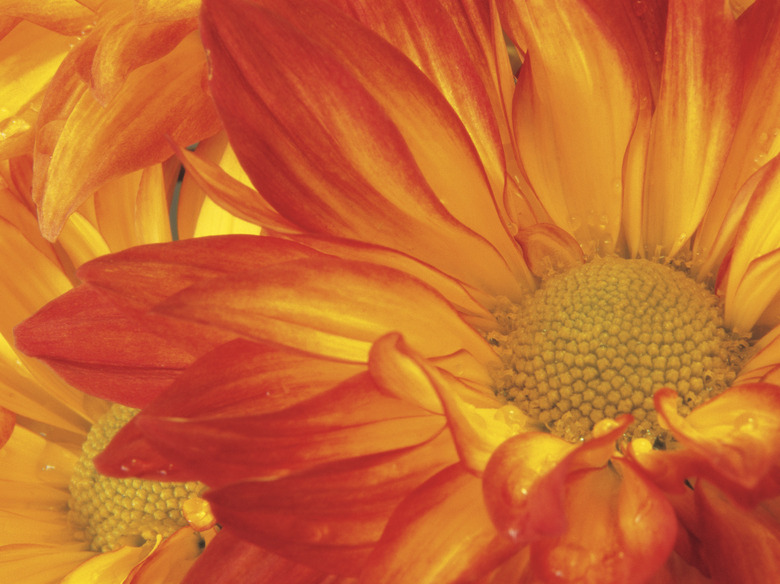What Plants Are Good To Remove Odors In The Home?
Touted as nature's air fresheners, plants make a delightful addition to any room. Healthy, lush houseplants effortlessly spruce up even the dullest, drabbest of corners, infusing life, texture and color. Plants have numerous benefits – they produce oxygen, eliminate toxins from the air, improve air quality and add aesthetic value to a space. Houseplants also make one of the most cost-effective ways of masking cooking smells and other unwanted odors in the home.
Chrysanthemum
Chrysanthemum
Chrysanthemums (Chrysantheium morifolium) are perennial flowering plants native to Europe and Asia. These versatile plants have abundant ornamental, insecticidal, economic, medicinal and culinary uses. Chrysanthemum flowers are richly fragrant and infuse a room with a pleasant aroma, negating all unpleasant odors. A study conducted by the National Aeronautics and Space Administration shows that chrysanthemum plants reduce indoor pollution and improve the quality of air by absorbing polluting gases such as carbon monoxide and formaldehyde. Chrysanthemums are also effective in eliminating benzene – a common, sweet smelling but carcinogenic solvent found in pharmaceuticals, rubber, plastics, oils, gasoline and paints.
Jasmine
Jasmine
Jasmine (Jasminum) is related to the olive family of plants. Comprising approximately 200 species, jasmine is common to warm temperate and tropical regions of the world. While jasmine is a common outdoor ornamental plant in gardens and lawns, it also makes a beautiful houseplant. The plant blooms tiny white flowers that give off a rich, pleasant scent. Flowers typically release their fragrance in the darker hours of the day, and the unseen aroma of a single jasmine plant is able to remove all unpleasant odors from an entire room.
Annual Geranium
Annual Geranium
Annual geraniums are vibrant, fragrant members of the Pelargonium genus of plants. Scented geraniums (Pelargonium spp.) are a type of annual geraniums that were extensively used in the European perfume industry of the 19th century, writes Judy Barrett in her book "What Can I Do With My Herbs?" Different varieties of geraniums give off different fragrances. For example, Pelargonium citronellum is lemon scented, Pelargonium tomentosum is peppermint scented, Pelargonium odoratissimum is apple scented and Pelargonium capitatum is rose scented. Other scents common to geraniums include strawberry, old spice, nutmeg, coconut, pineapple and almond.
Gardenia
Gardenia
Gardenias (Gardenia jasminoides) are flowering plants that belong to the Rubiaceae family. Native to southern Asia and tropical regions of Africa, gardenias bloom pale yellow or white strongly scented flowers on shiny foliage. Their fragrant flowers discretely send their scents to intermingle with the indoor atmosphere, effectively removing all unpleasant odors.
References
- Utah State University: Indoor Plants: Nature's Air Fresheners
- University of Minnesota: Outdoor-Indoor Geranium Culture
- "What Can I Do With My Herbs?"; Judy Barrett; 2009
- Environmental Protection Agency: Can Plants Control Indoor Air Pollution?
- NASA: Foliage Plants for Removing Indoor Air Pollutants
- "Toxics A to Z"; John Harte; 1991




